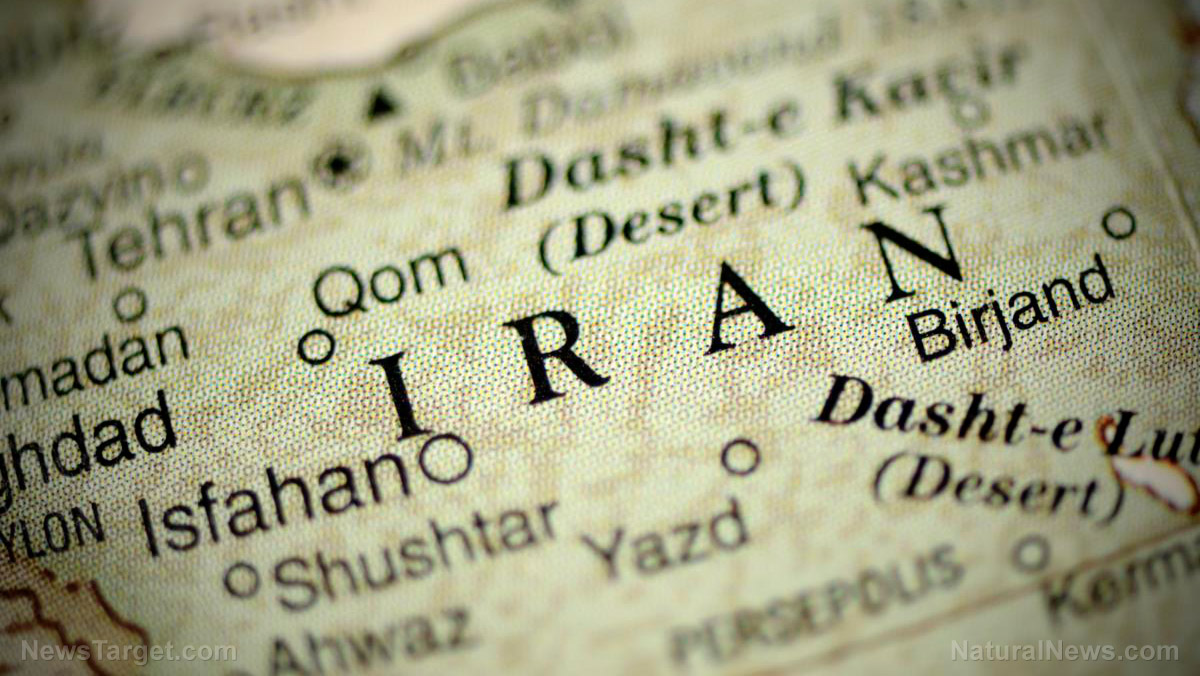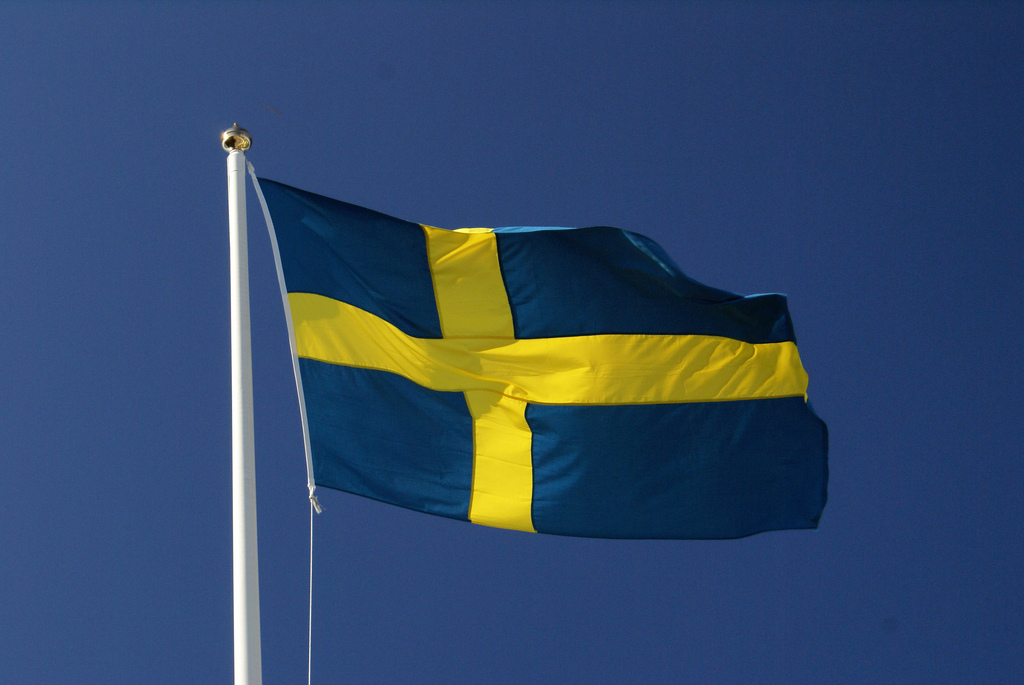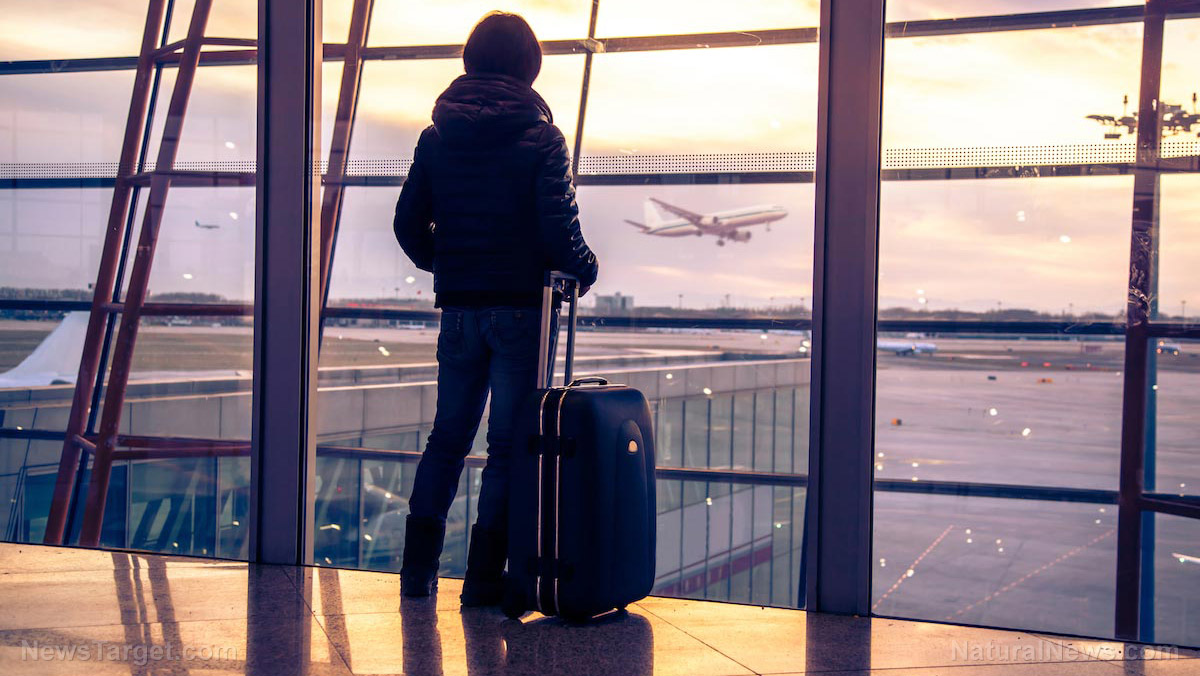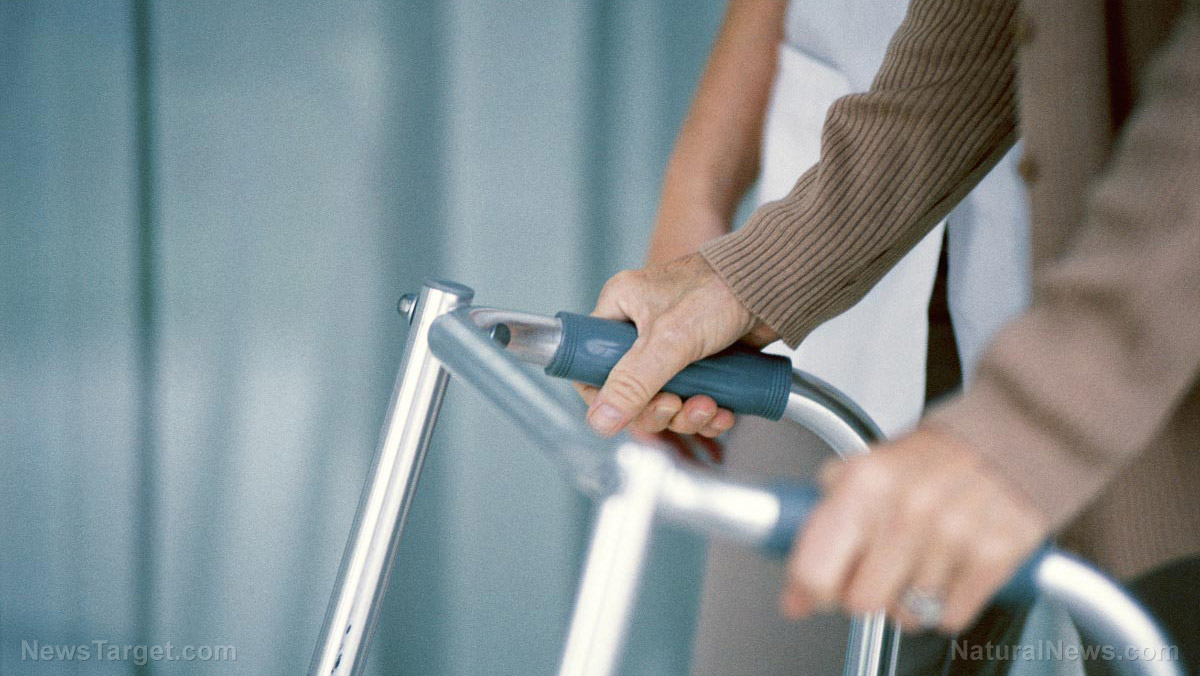Coronavirus cases in Iran SURGE as the country rolls back lockdown restrictions – officials blame citizens for not social distancing
06/03/2020 / By Arsenio Toledo

As Iran rolls back the lockdown restrictions put in place in response to the coronavirus pandemic, the country’s number of newly infected cases has surged once more, reflecting the number of daily cases Iran had during the outbreak’s peak in late March. In response to criticism, Iranian Ministry of Health officials have put the blame on citizens who refuse to follow social distancing guidelines.
As the Wuhan coronavirus (COVID-19) swept through the globe, Iran quickly became the epicenter of the pandemic in the Middle East, with their number of cases and deaths surging well beyond that of its neighbors.
Fortunately, the country’s number of reported daily new cases has remained below 2,000 since April 1, but has been on the rise since the country began rolling back its lockdown restrictions.
On Tuesday, Minister of Health spokesman Kianoush Jahanpour reported 3,117 new cases of COVID-19, several dozen cases under the highest number of daily infections it reported on March 30 (3,186).
This has raised the country’s total number of cases to 157,562, including 7,942 deaths and 123,077 recoveries. (Related: Iran’s coronavirus crisis is so bad they’re excavating mass graves so large they can be SEEN FROM SPACE.)
Iran looks to be in the grip of a second wave of coronavirus, with the health ministry saying 3,000 new cases were recorded in 24 hours – the highest figure for two months.
The Country started easing its lockdown in April after a drop in deaths.https://t.co/Z9VVxqi1Za pic.twitter.com/gNAZBAMcde
— Ellen 💛💙 RN QN #StayAtHome (@EllzSummary) June 2, 2020
Officials blame lack of discipline among Iranians
In response to the growing number of COVID-19 cases in the country, Iranian officials have put the blame solely on the citizens, many of whom do not believe in the social distancing regulations that have been put in place.
“The fact that people have become completely careless regarding this disease” was of great concern, according to Health Minister Saeed Namaki.
“They either have total confidence in us or think the coronavirus has gone. The latter is not true at all,” he added, according to the Iranian Students News Agency.
Namaki’s criticism of Iranian citizens is not without merit. A recent poll conducted by the Ministry of Health showed that only 40 percent of Iranians surveyed believed in social distancing, which is a dramatic decrease from the 90 percent who believed in it in February and March.
On Monday, during an interview with a state-run news agency, Namaki mentioned observing how people in the northeastern city of Mashhad were neither observing social distancing guidelines nor wearing face masks.
“What I saw was appalling. If things go on in the same way, coronavirus will score a goal against us at the last minute,” he added.
After President Hassan Rouhani announced Saturday that the country’s mosques could once again open for daily prayers, health officials reiterated the need to follow social distancing guidelines.
The reopening of religious sites is especially worrying, as mosques and other religious buildings became vectors of the coronavirus during the early days of the outbreak in Iran.
Stagnant economy forced Iran to reopen too early
Iran began rolling back its coronavirus restrictions in April, when shopping malls and local bazaars were allowed to restart operations, followed by restaurants in May. However, this didn’t do much to put life back into the already stagnant Iranian economy, which was been suffering from a decline in foreign trade due to U.S. sanctions, low oil prices and economic restrictions put in place during the lockdown.
In April, the International Monetary Fund (IMF) stated that Iran’s gross domestic product might contract by 6 percent by the end of the year. This economic downturn will further strain the government’s already fragile hold over the populace.
In November, violent protests erupted when the government decided to cut fuel subsidies. If Iran’s economy continues to plummet and many more Iranians are made impoverished by the COVID-19 pandemic, there’s no telling what will happen next.
Pandemic.news has more reliable, uncensored and science-based reporting on the spread of the Wuhan coronavirus in Iran and across the globe.
Sources include:
Tagged Under: China, coronavirus, covid-19, economic collapse, economy, financial crisis, Flu, government, infections, Iran, lockdown, market crash, outbreak, pandemic, reopening, second wave, superbugs, virus




















